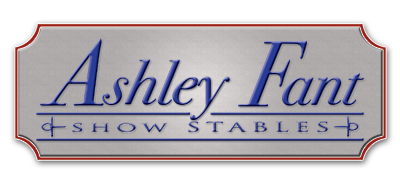05 Jul History of Hunter & Jumper Competitions
The sports of show hunting and show jumping have roots in fox hunting, when horse and rider rode the countryside in search of their prey. Their ride would inevitably present a varied terrain and natural and man-made obstacles, challenging the horse and rider to navigate over open countryside as well as over fences and walls, streams and ditches. Steeped in English tradition, hunt seat and show jumping competitions in North America simulate the chase on a course scattered with obstacles, reflecting the original challenges.
The Hunter
The fox hunt dates back hundreds of years, when a group of mounted hunters, flanked by hounds, would track, chase and kill their prey, usually a red fox. Before it was sport, it was a means of exterminating vermin. It later became a popular leisure activity among the upper classes, a past time tied to wealth, status and land ownership. In fact it was only when Henry I took the throne in Britain in the 12th Century that the more widespread participation among classes was allowed; prior to that only those of royal blood could participate.
Many of the traditions of the British hunt carried over when fox hunting was introduced in North America, and further carried over into the modern hunter competition. Not only do manners and style apply to the rider; the horse must also display the qualities that were rewarded during the fox hunt: obedience, ease of movement, proper jumping style, and manners. As enthusiasts sought to display the talents of horse and rider in a controlled environment, the American Horse Shows Association (AHSA) was established to organize and regulate the competitions.
The Jumper
Modern jumping can be traced back to the The Enclosure Acts in 18th Century England, which were meant to establish boundaries as land was divided among wealthy landowners. With the boundaries came fences, and those who wished to pursue the fox hunt across countryside found it necessary to have a horse that could navigate these obstacles.
Early horse shows were not very popular with spectators as they could not follow the jumping competitors across the countryside. This led to erecting fences within an arena, and these “lepping” or “leaping” contests soon spread from France, which held the earliest recorded competition in 1866, to Ireland and Britain. These early contests were relatively basic, with more emphasis on the jumper’s raw power than technical skill. As the sport has evolved, courses have become more complex featuring colorful obstacles and varied types of fences, technical turns and combinations.
Competitors in the early jumping events — the first major one was in England in 1907 — tended to be members of the military. There were no rules for scoring, so the points and penalties depended on what the judges subjectively determined. This need for uniform judging led to the formation of governing bodies for the equestrian sport, the British Show Jumping Association, or BSJA, and the United States’ counterpart, The American Horse Shows Association, currently the United States Equestrian Federation. An Olympic event since 1912, show jumping is judged objectively based on a course having been cleared cleanly and with the fastest time.
Today, the governing body for hunt seat and show jumping in the United States is the United States Hunter/Jumper Association (USHJA) which “promotes our sport and the well being of its participants, offers broad based education for our members and provides the framework for the conduct of our sport.”
